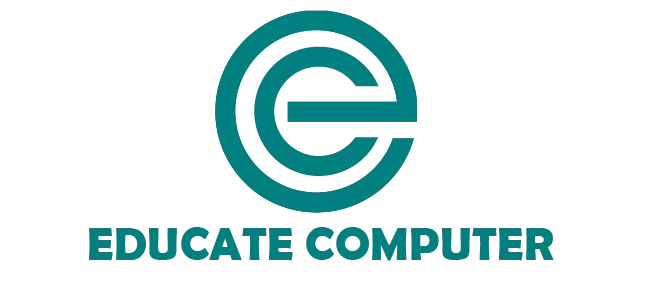You can get 2nd Year Computer Chapter 3 MCQs with Answers on this page. Tackle MCQs to test your core concepts from Chapter 3 (Database Design Process) and confidently prepare for your exams! All the correct answers have been bolded.
Also Get: 1st and 2nd Year Computer Science Solved MCQs
12th Class Chapter 3 Computer Science MCQS
Here is the 12th computer science chapter 3 mcqs with answers:
1. During______phase, the project requirements are gathered and identified.
a. Project planning
b. Requirement Analysis
c. Feasibility study
d. Data Analysis
2. All the hardware costs are considered during:
a. Project planning
b. Requirement Analysis
c. Feasibility study
d. Data Analysis
3. Which of the following activities are involved in data analysis?
a. Data Flow diagram
b. Decision Tables
c. Decision Trees
d. All
4. Which of the following are ingredients of data modeling?
a. Entities
b. Attribute
c. Relationship
d. All
5. Which of the following is used to describe the characteristics of an object?
a. Attribute
b. Relationship
c. Cardinality
d. Modality
6. Which of the following is used to associate entities with one another?
a. Combination
b. Association
c. Extraction
d. Relationship
7. Customers, cars, and parts are examples of:
a. Entities
b. Attributes
c. Cardinals
d. Relationships
8. Which of the following symbols is not used in an ERD?
a. Rectangle
b. Oval
c. Diamond
d. Triangle
9. In the ERD model, the relationship between two entities is represented by:
a. Diamond symbol
b. Rectangular box
c. Oval symbol
d. Triangle symbol
10. In an ER diagram, a rectangle represents:
a. Entity
b. Optional one
c. Relationship
d. Attribute
11. In an ER diagram, a diamond represents:
a. Entity
b. Attribute
c. Relationship
d. File
12. Which of the following is NOT included in the definition of an entity?
a. Person
b. Object
c. Concept
d. Action
13. A person’s name birthday and social security number are examples of:
a. Attributes
b. Entities
c. Relationships
d. Description
14. Which of the following represents an entity?
a. Teacher
b. Student
c. Airplane
d. All
15. The relationship can be:
a. One to one
b. One to many
c. Many to many
d. All
16. The logical representation of an organization’s data is called:
a. Database management system
b. Entity-relationship model
c. Relationship systems design
d. Database entity diagram
17. An entity related to itself in an ERD model refers to:
a. Recursive relationship
b. One-to-many relationship
c. Many-to-many relationships
d. One-to-one relationship
18. How many types of relationships are used?
a. 2
b. 3
c. 4
d. 5
19. Which of the following is an example of a one-to-one relationship?
a. Student-RegNo
b. Person-automobile
c. Mother-daughter
d. Person-phone number
20. Which of the following is a one-to-many relationship?
a. Student-RegNo
b. Person-automobile
c. Mother-daughter
d. Both b and c
21. A relationship between a country and capital is an example of a relationship.
a. One-to-One
b One-to-Many
c. Many-to-Many
d. Many-to-One
22. Which of the following defines the nature of the relationship?
a. Modality
b. Decision Tree
c. Primary key
d. Attribute
23. Which of the following is related to modality?
a. Optional
b. Mandatory
c. Unidirectional
d. a and b
24. Which of the following models uses concepts such as attributes, relationships, and entities is classified as?
a. Conceptual data model
b. Graphical data model
c. Representative data model
d. Physical data model
25. A technique for physically arranging the records of a file on secondary storage devices is called:
a. Physical pointer
b. Retrieval program
c. File organization
d. Update program
26. A factor to consider when choosing a file organization is:
a. Fast retrieval
b. Security
c. Efficient storage
d. All
27. The database development process involves mapping the conceptual data model into:
a. Object-oriented data model
b. Network data model
c. Implementation model
d. Hierarchical data model
28. Merging the relation is also known as:
a. View integration
b. View entities
c. View relationships
d. View constraints
29. Organizing the database in computer disk storage is done in:
a. Logical design
b. Physical design
c. Analysis
d. Implementation
30. Which of the following is a basic data distribution strategy?
a. Centralized
b. Partitioned
c. Replication
d. All
